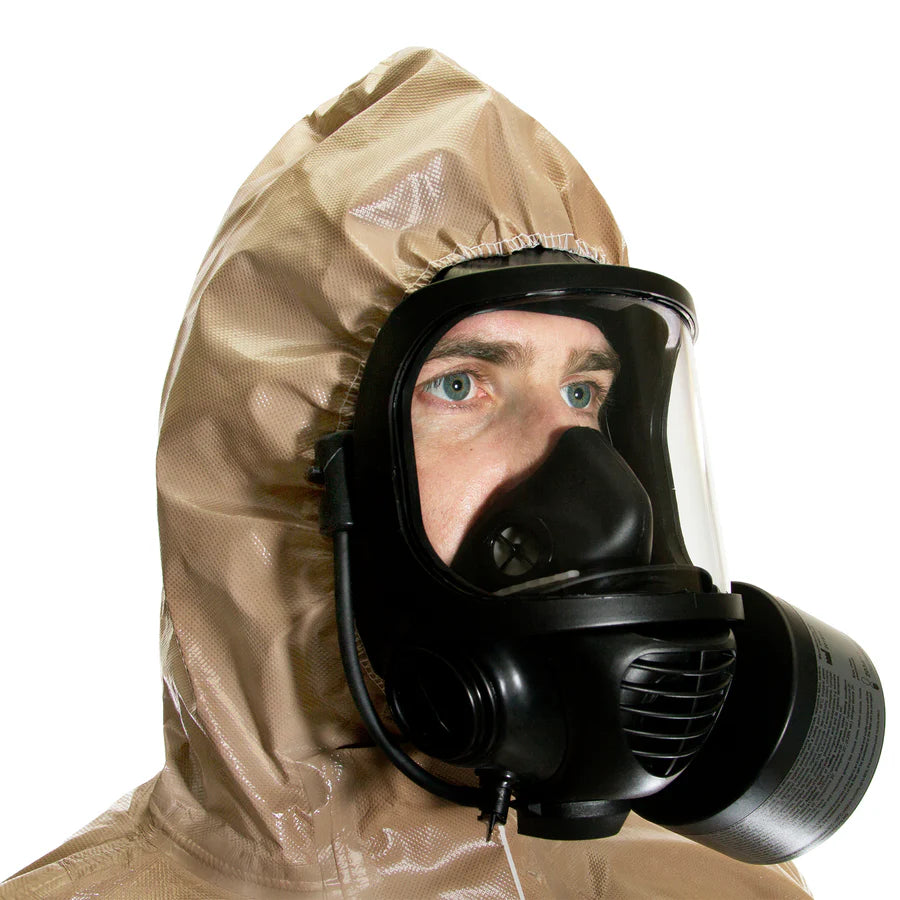
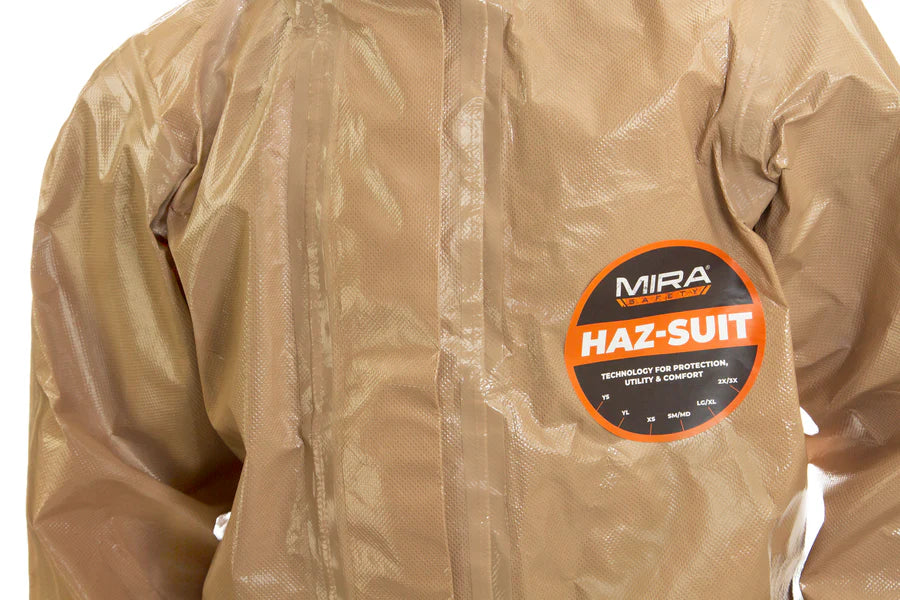
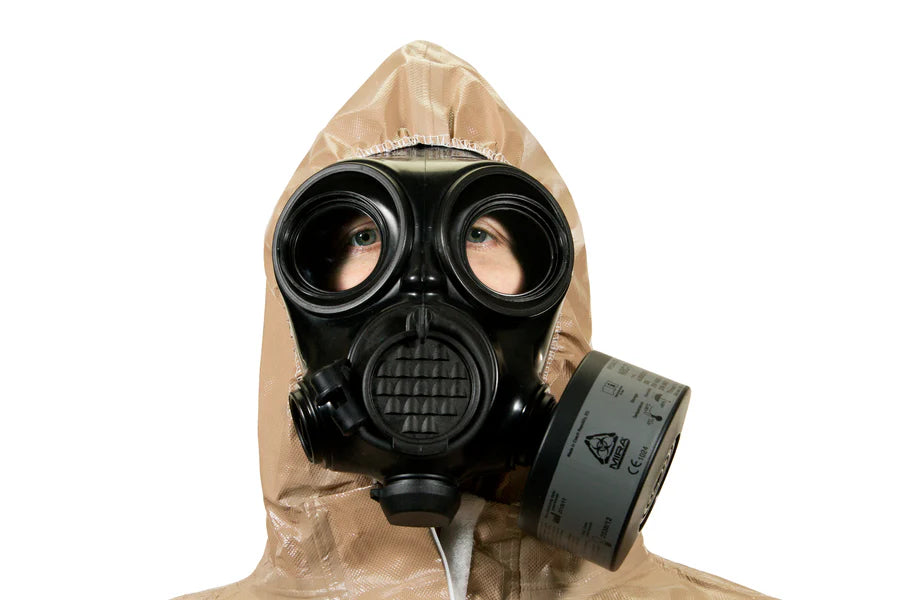
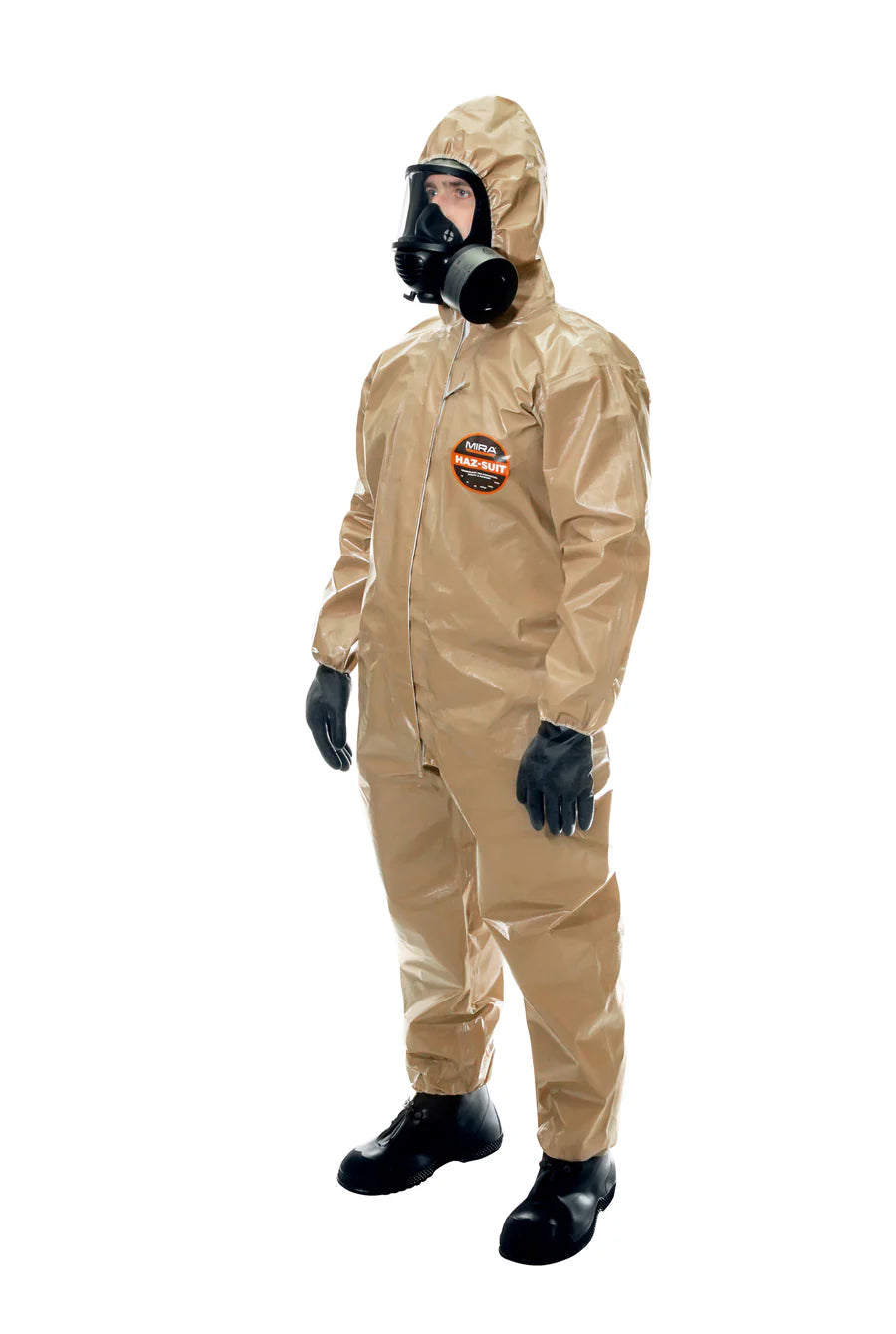
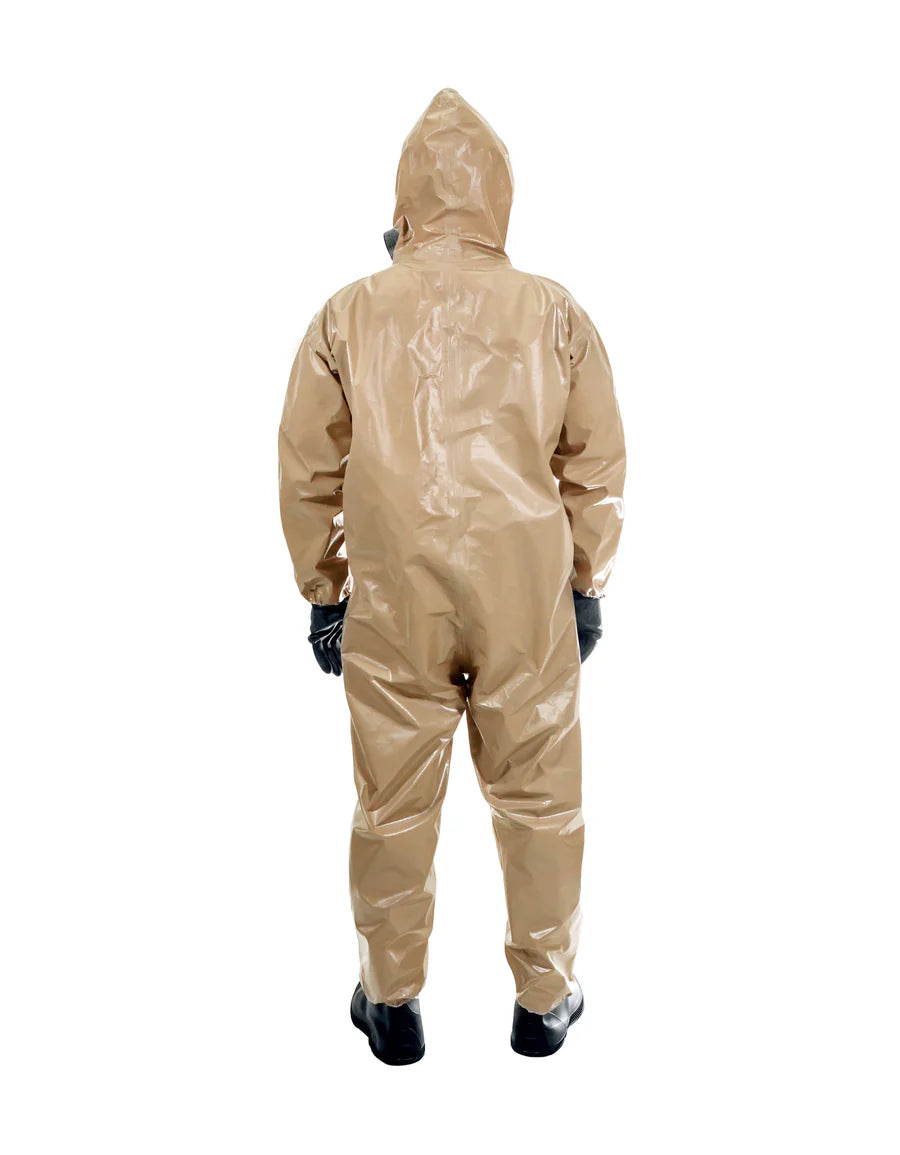
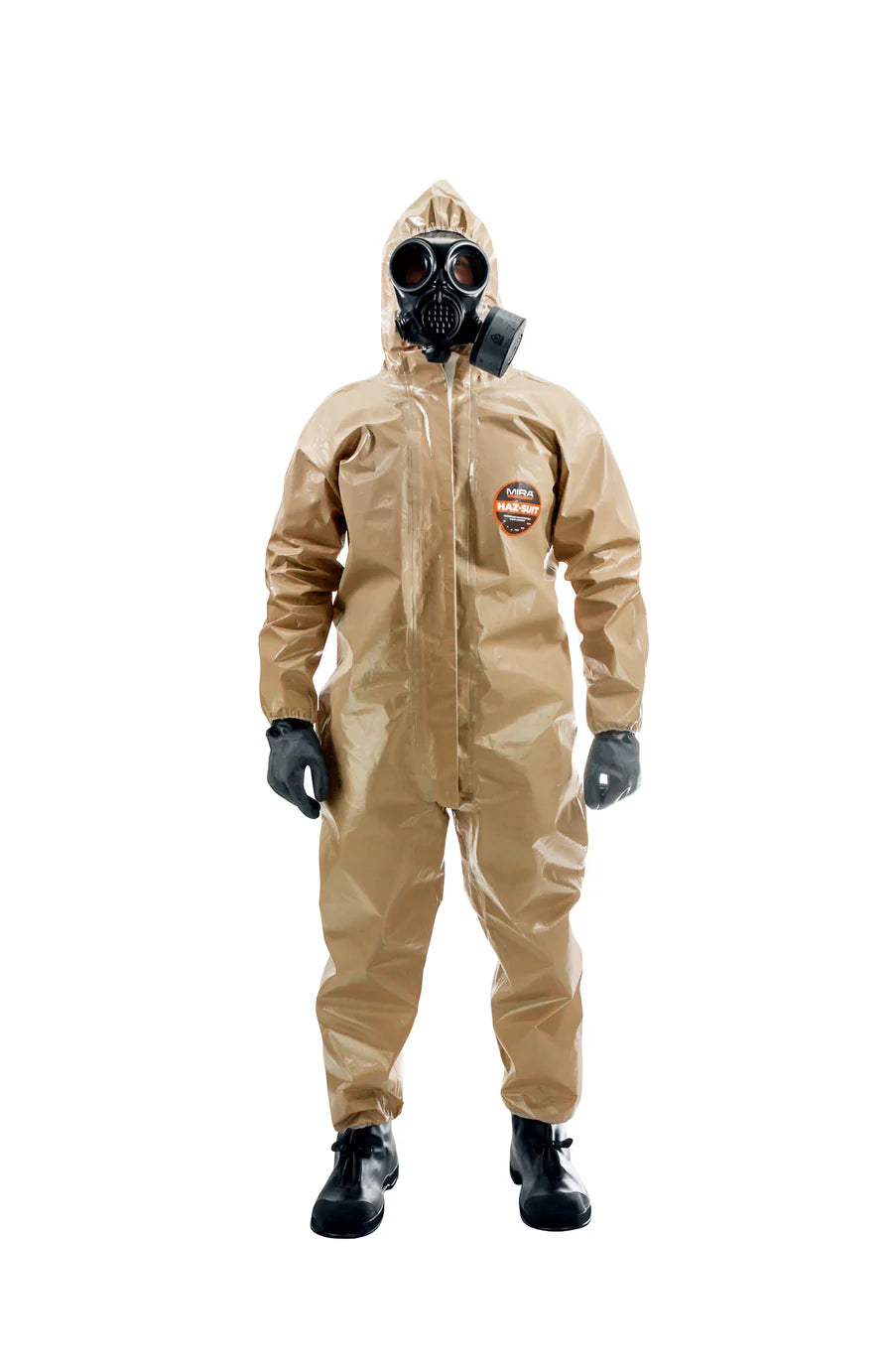

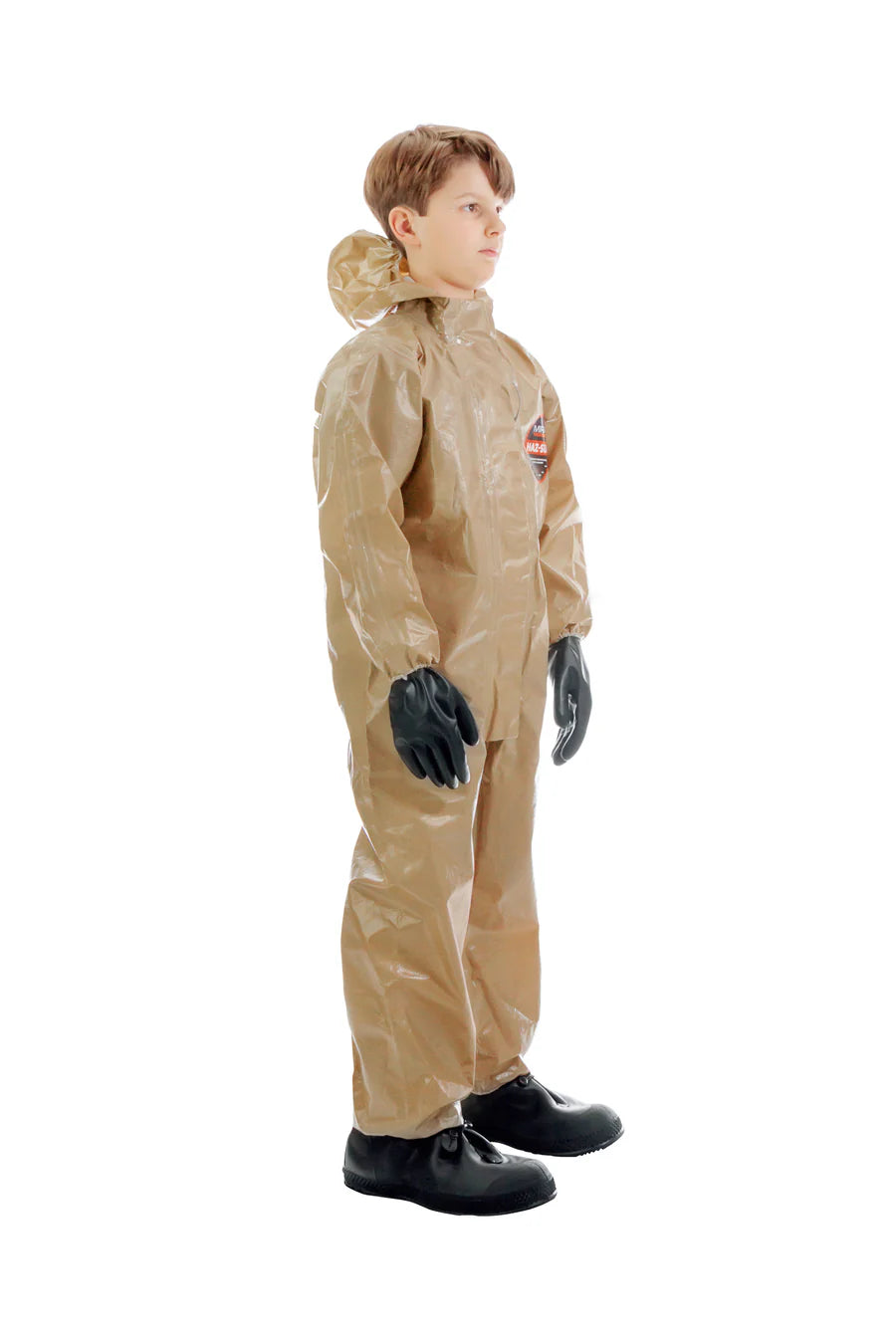
FairD Canada
MIRA SAFETY CM – MÁSCARA TÁCTICA GAS 6 M – FACIAL COMPLETA
MIRA SAFETY CM – MÁSCARA TÁCTICA GAS 6 M – FACIAL COMPLETA
1651 Chemin de l'Industrie
1651 Chemin de l'Industrie
Beloeil QC J3G 6S8
Canadá
La máscara de gas táctica CM-6M tiene una máscara de caucho de bromobutilo resistente (que cumple con CBRN) para una máxima resistencia a los contaminantes TIC/CWA. La máscara interior del respirador integral está hecha de un compuesto hipoalergénico especial que garantiza una excelente estanqueidad y evita el contacto del aire exhalado con la visera para evitar el empañamiento. También reduce el contenido de dióxido de carbono (CO2) en el espacio interior de la máscara, lo que, junto con su favorable resistencia respiratoria por inhalación/exhalación, disminuye la carga fisiológica para el usuario, proporcionando un uso más cómodo y práctico durante todo el día.
El diafragma de voz integrado garantiza al menos un 95 % de inteligibilidad del habla, lo que permite una fácil comunicación con otros miembros de su grupo. La máscara está equipada con un arnés para la cabeza de tela de caucho de cinco puntos para garantizar un ajuste ceñido y duradero.
La máscara antigás CM-6M CBRN se fabrica en un tamaño. Para garantizar un correcto funcionamiento, el rostro del usuario debe estar liso, libre de vello facial, patillas y otros obstáculos en los puntos de contacto.
La máscara antigás táctica es compatible con el kit de gafas 3M Safety 6878 (se vende por separado), con una instalación sencilla para quienes tienen problemas de visión y prefieren no usar lentes de contacto.
El filtro se fija a la máscara enroscándolo a la cámara de inhalación izquierda o derecha. La cámara no utilizada (sin filtro) está sellada con un tapón de cámara de inhalación. Es necesario asegurarse de que el tapón esté correctamente atornillado y apretado.
Las cámaras de inhalación de la mascarilla CM-6 SÓLO son compatibles con rosca Rd 40 x 1/7” de acuerdo con la norma EN 148-1.
La selección de un filtro adecuado depende del tipo y concentración del agente tóxico previsto. La máscara táctica CM-6 equipada con un filtro TIC o CWA solo es segura para su uso en un entorno que contenga al menos un 19,5 % de oxígeno. Los principios de selección y aplicación de filtros se describen en las guías del usuario de filtros.
La máscara antigás táctica CM-6 se puede utilizar únicamente en entornos explosivos de clase 1. La mascarilla CM-6 cumple con todos los requisitos de la clase 3 de la norma EN 136. Es una excelente opción como equipo antidisturbios o como máscara antigás antidisturbios.









